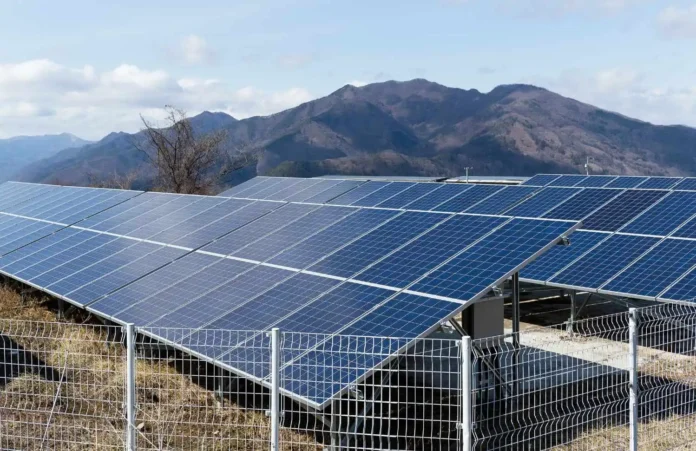Power generation here in Kenya has had its own fair share of criticism especially given that only one power distributor was authorized to do so leading to a monopoly state. However, things seem to be changing, and besides the numerous initiatives we’ve outlined before that are aimed towards shifting to green and cleaner energy sources such as the government’s declaration of green number plates, Kenya’s industrial sector is seeing a significant shift in energy sources especially given that major organizations are now increasingly adopting captive solar power solutions.
For those wondering exactly what the heck Captive Solar means, here is some insights for you. Captive solar basically refers to instances when a corporate organization say for example EABL that is involved in manufacturing its products and has an exponential need for reliable power decides to own a power generating asset – in this case solar for its own consumption but lets another company maintain and operate it. In the end, the whole process becomes more cost efficient, and it enjoys some sort of energy independence. The Kenyan government is particularly keen to see through with the shift to cleaner energy thereby supporting such initiatives.
Quick Summary
- Cost-effective and reliable: Captive solar power offers organizations the ability to produce their own electricity on-site at a lower cost compared to commercial grid power, particularly beneficial for power-intensive industries.
- Energy independence: Captive solar power allows businesses to reduce reliance on the grid and shields them from fluctuating energy prices.
- Environmental sustainability: Companies are leveraging solar power to lower their carbon footprint and achieve sustainability goals, facilitated by supportive government policies.
Surge in Captive Solar Power Adoption
The Energy and Petroleum Regulatory Authority (EPRA) has noted with excitement a surge in uptake of captive power capacity in Kenya with an estimated over 400 MW already installed. According to the regulator, this development presents a notable shift towards renewable energy sources across industries that now accounts for 12.18% of the country’s total installed capacity.
EPRA Director General Daniel Kiptoo has acknowledged a growing popularity of captive power generation among commercial as well as industrial users, with an estimated installed capacity of 449.5 MW. Firms are increasingly opting for captive solar power projects, such as Coastal Bottlers in Mombasa, which uses solar energy to power its PET production line.
Cost-Effectiveness and Energy Independence
One of the key advantages of utilizing captive solar power rests in its cost-effectiveness. A 250-kW solar captive project costs between US$0.10 and 0.14/kWh, significantly lower than the rates charged by commercial grid power, which can exceed $0.25/kWh.
Additionally, captive solar power also offers businesses energy independence by reducing reliance on the grid and providing protection from energy price fluctuations, remember those old days when blackouts were a thing, and traditionally up to today some Kenyans believe presence of rainfall automatically leads to power blackouts. Moreover, the move is very essential to some organizations especially after recent instances of sharp increases in electricity prices experienced by consumers in Kenya.
Environmental Stewardship and Government Support
Many businesses are turning to renewable energy sources like solar power to reduce their carbon footprint and achieve sustainability goals. The Kenyan government supports these initiatives through tax reliefs, feed-in tariffs, and competitive power rates.
According to the Kenya Renewable Energy Association (KREA), the use of off-grid solar power has been growing to the extent of surpassing the total grid peak demand as captive power, electric mobility, solar water pumping, and refrigeration continue to increase exponentially. Off-grid total installed load is estimated at 400-500 MW and is projected to reach over 3,000 MW by 2028.
Potential Impact
The rise in use of captive solar power in Kenya signifies a promising shift towards sustainable energy practices. This transition benefits both businesses as well as the environment by providing cost-effective, reliable, and cleaner energy alternatives. As the trend continues, it is likely to play a key role in shaping the country’s energy future and contributing to global efforts to combat climate change.
